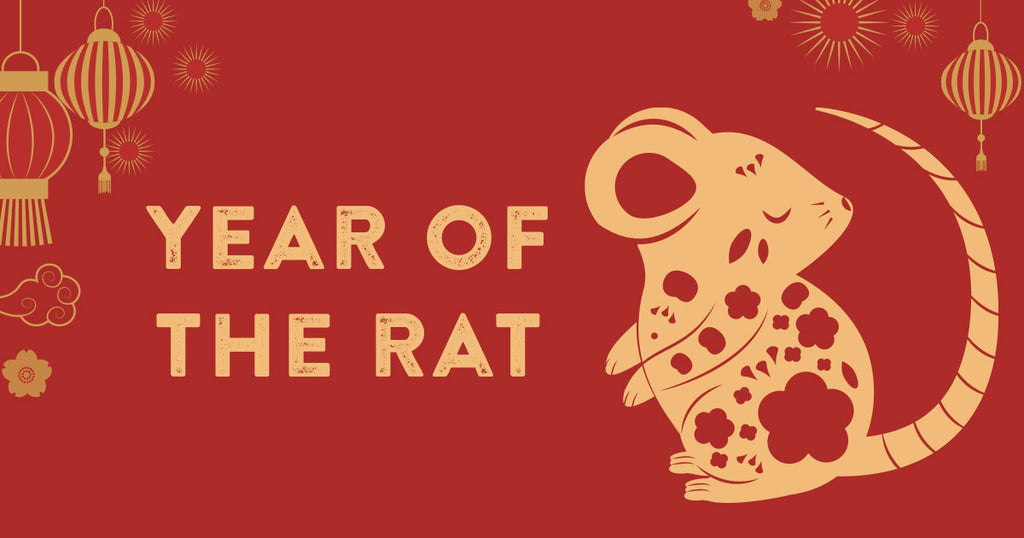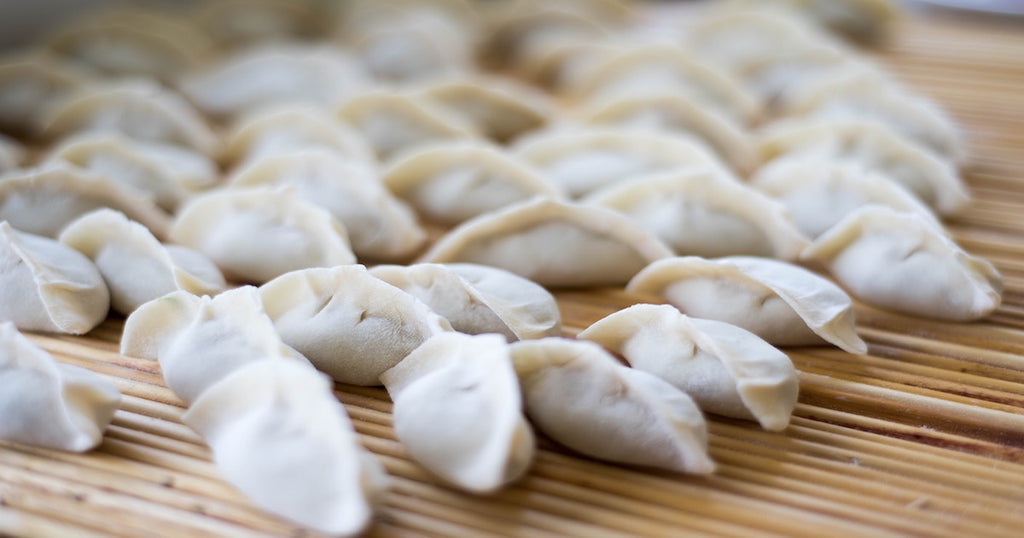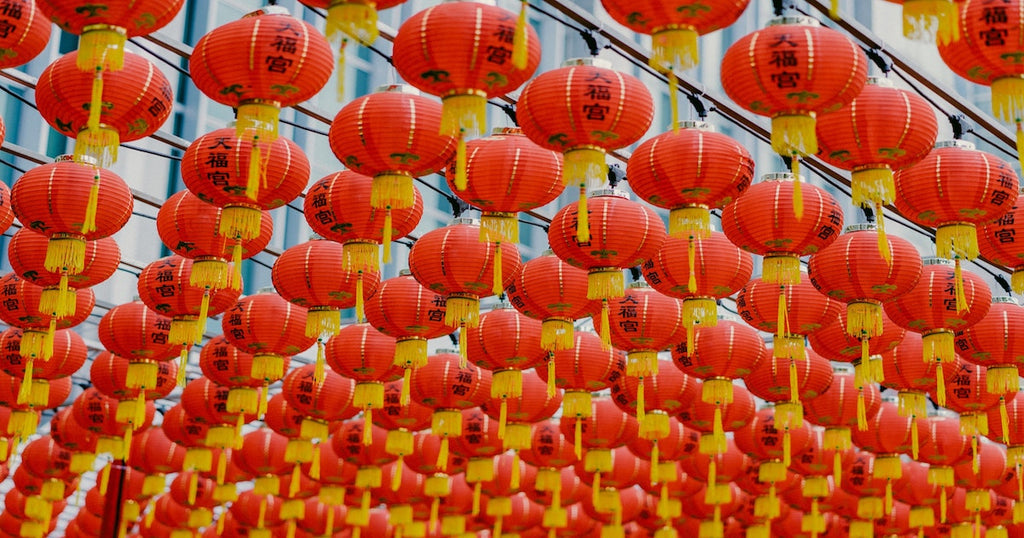Those iconic red envelopes. Dumplings, noodles, or rice cakes aplenty. Your parents making you clean the house until you can see your reflection in the coffee table. If you’ve been a part of any of these traditions in January or February, you’ll bet it’s Chinese New Year. Well, you’re right—and wrong.
The more accurate term is Lunar New Year, an annual festival of food and family celebrated all over Asia, including China, South Korea, Vietnam, and Mongolia, as well as around the globe. For Asian cultures, Lunar New Year is the biggest celebration of the year, like Thanksgiving, Christmas, and the 4th of July all rolled into one.
But while many toast to New Year’s Day on January 1 (usually with gym memberships and green juice), Lunar New Year can fall anytime between January and February. This year, Lunar New Year kicked off January 25. Some people celebrate for days, even weeks depending on their country and traditions. The Chinese party lasts for 15 days, while Vietnam’s Tết Nguyên Đán celebration, for example, is one week.
To the Moon and Back

There’s the Gregorian calendar (the one used by America and many other Western countries) which follows the sun’s movements around the earth and pegs January 1 as the New Year. Then there’s the lunar calendar, which follows the moon and was devised back in 21st to 16th centuries BCE by farmers to track time and seasons. Many cultures check in with a lunar calendar for festivals—like Iranians for Nowruz (Persian New Year) and Asians for Lunar New Year.
Ready to get full-on astrological? In 104 BCE, the emperor of the Han dynasty ruled that the start of the year is the day of the first new moon after the sun enters the 11th sign of the solar zodiac aka the second new moon after the winter solstice aka the first day of the solar term aka the start of spring. Phew. All that to say, this is why Lunar New Year is sometimes called the Spring Festival.
Year of the Rat

The Chinese zodiac system—celebrated in China as well as in other Southeast and East Asian countries—is made of 12 signs represented by animals like a rooster, tiger, snake, and more. In 2020, we’re in the Year of the Rat.
OK, the critters we find in a subway station stealing pizza might not sound as impressive as say, a dragon, but stay with us. The rat sign is associated with shrewdness and resourcefulness, and that “fresh start” feeling is especially tangible this year since the rat is the first of the 12 signs. The Year of the Rat is especially auspicious for us at Dang Foods—our Founder Vincent was born under this zodiac sign.
Red Alert
In China and many other Asian cultures, red represents luck and prosperity. A prime example is hóng bāo, the red, cash-filled envelopes given to kids for the holiday. But there’s ancient folklore tied to the hue, too. Tradition says that a half-bull, half-lion beast named Nian would terrorize people and eat crops—and kids. But Nian was scared of fire, noise, and yes, the color red. That’s why you’ll see dozens of red decorations strung during Lunar New Year—they’re a form of protection and a way to keep bad luck at bay.
Let’s Eat!

Ancient history is cool and all, but when it comes to festivals, we’re all about the food. During Lunar New Year in particular, foodie traditions abound. While customs vary depending on the region and family, here are just a few of the hallmark dishes in China and their importance during the holiday:
- Jiaozi: Shaped like currency from the Ming Dynasty, dumplings represent wealth and prosperity. They’re popular in northern China, with families prepping, shaping, and cooking dumplings together.
- Long noodles: Long noodles = long life. That’s why some people call these “longevity noodles.”
- Oranges: Representing abundance and happiness, oranges are a go-to gift when you’re visiting family or friends during the holiday.
- Nian gao: What’s a party without cake? This sticky rice cake is said to take your life to great new heights.
But like kimchi tacos and sriracha on everything, we infuse some modern into the classic. Dang Sticky-Rice Chips make for a great dinner table addition during Lunar New Year, whether you need an appetizer or want a crunchy toppy, like our Seaweed flavor, for long noodles.
All Good Things Must Come to an End

After the many (many) family visits, ceremonies devoted to gods and ancestors, and food comas comes the Lantern Festival, the culmination of Lunar New Year. As the name suggests, you’ll see lanterns aplenty—which back in the day was said to help see the gods—as well as parades, dragon dances, and fireworks. There are still family meals and visitors, but things start winding down before work, school, and regular life resumes.
Whether you’re embracing the holiday full-on or celebrating certain aspects, we hope this primer gives you inspiration to toast to a new year filled with great friends, family, and—of course—food.
As the Thai say, Gung Hay Fat Choy! (Happy New Year)!












